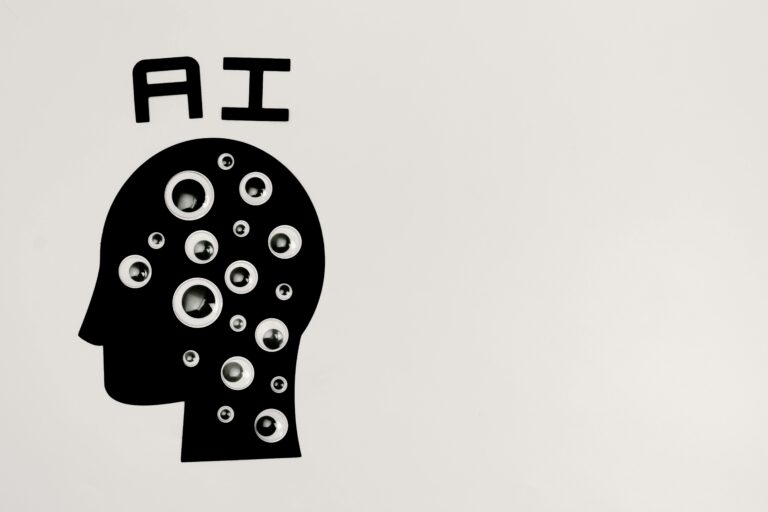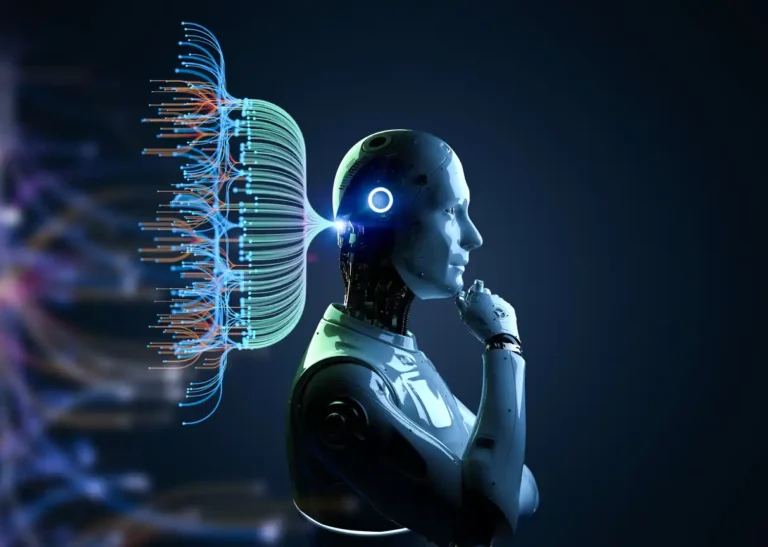
Artificial Intelligence (AI) is changing the way businesses operate, from automating tasks to enhancing customer experiences. But have you ever wondered, does AI promote AI? In other words, can AI help drive the growth and development of other AI technologies? In this article, we’ll explore how AI can promote its own growth, using real-world examples and AI tools that are helping businesses in the United States.
What Does It Mean for AI to Promote AI?
When we say AI promotes AI, we’re referring to the idea that AI technologies can be used to enhance or drive the development of other AI systems. This includes improving algorithms, automating data processing, and even creating new AI models. As more businesses adopt AI tools, these systems generate data that can be used to improve future AI models. Essentially, AI works in a cycle, helping itself grow and evolve.
How AI Promotes AI: Real-World Examples
1. AI in Data Analysis Improves AI Algorithms
AI tools can analyze large sets of data at incredible speeds, finding patterns and trends that human analysts might miss. This data then helps refine AI models, making them more accurate. For example, Google’s AI-powered search algorithms use massive data from user interactions to constantly improve how results are ranked. This in turn helps Google create even smarter algorithms for its AI-powered tools, further promoting the growth of AI within the company.
2. AI Automates AI Development
AI is also being used to automate the process of creating other AI systems. OpenAI, for instance, uses machine learning to fine-tune its models, including GPT (Generative Pre-trained Transformer), through automated feedback loops. The more the model is used, the more it learns, which in turn improves its ability to generate relevant, accurate responses. This creates a cycle of AI development, where AI is continuously improving itself.
3. AI Enhances Marketing and Personalization
In marketing, AI can help refine its own use by personalizing content and offers for customers. Netflix and Spotify are two prime examples of how AI can promote itself in the entertainment industry. These platforms use AI to analyze user preferences and behaviors, which then inform their recommendation algorithms. As users interact more with the platforms, AI learns more about their preferences, allowing the service to promote more relevant content, driving even more usage of AI.
Also Read : Coca-Cola’s AI-Powered Vending Machines: Elevating the Beverage Experience
Tools That Use AI to Promote AI
To better understand how businesses in the United States can leverage AI to promote its growth, let’s look at some tools that use AI to enhance and promote other AI systems:
1. Google AI
Google uses AI across its platforms, from search algorithms to voice assistants like Google Assistant. Its Cloud’s AI and machine learning tools allow businesses to access powerful AI models that can improve their own AI applications. The more these tools are used, the more data Google collects, which helps its AI continue to evolve and improve, creating a cycle of continuous growth.
2. HubSpot AI
HubSpot’s marketing tools leverage AI to optimize content marketing strategies, automate email campaigns, and improve lead generation. As more businesses use these tools, the AI learns from different data sets, improving future recommendations and performance. This AI-driven platform helps businesses in the U.S. market grow while promoting more advanced AI development in the process.
3. ChatGPT (OpenAI)
ChatGPT is another example of AI promoting AI. The more users interact with it, the more data is fed into the system, which is then used to fine-tune and improve the model. By incorporating user feedback and interactions, OpenAI is able to create more intelligent models, which in turn help businesses enhance their customer service, content creation, and communication strategies.
4. AI-Powered Customer Support Tools
AI tools like Zendesk and Freshdesk use machine learning to improve their customer service platforms. These tools can analyze customer queries, provide instant solutions, and offer suggestions for improving responses. As these tools gather more interactions, they become smarter and more accurate, further promoting AI adoption by businesses and leading to improved customer service experiences.
continue reading…


